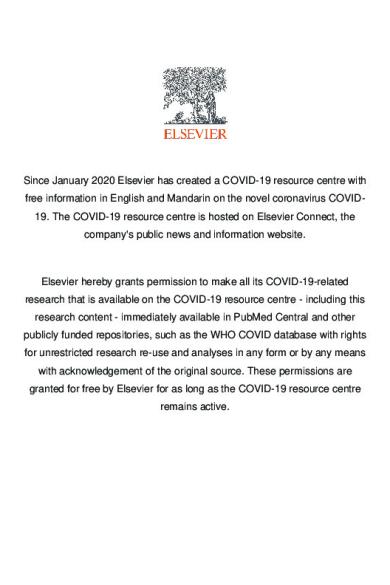
Jurnal Radiologi (4)
- Uploaded by: Andrean Heryanto
- Size: 4.3 MB
- Type: PDF
- Words: 9,938
- Pages: 18

* The preview only shows a few pages of manuals at random. You can get the complete content by filling out the form below.

Andrean Heryanto - 4.3 MB

Briliantyo Pambudi - 133.8 KB

Andrean Heryanto - 581.4 KB

Andrean Heryanto - 2.7 MB

Andrean Heryanto - 6.3 MB

Ilham Nur Azizi - 683.2 KB

Inge Dwi Wahyunii - 107.3 KB

Hafidz Setyo - 134.6 KB

ROHINOOR INTAN BERLIANA ROHINOOR INTAN BERLIANA - 454.6 KB

Ines Fitria - 374.9 KB

ROHINOOR INTAN BERLIANA ROHINOOR INTAN BERLIANA - 360.3 KB

- 269.1 KB
© 2025 VDOCS.RO. Our members: VDOCS.TIPS [GLOBAL] | VDOCS.CZ [CZ] | VDOCS.MX [ES] | VDOCS.PL [PL] | VDOCS.RO [RO]